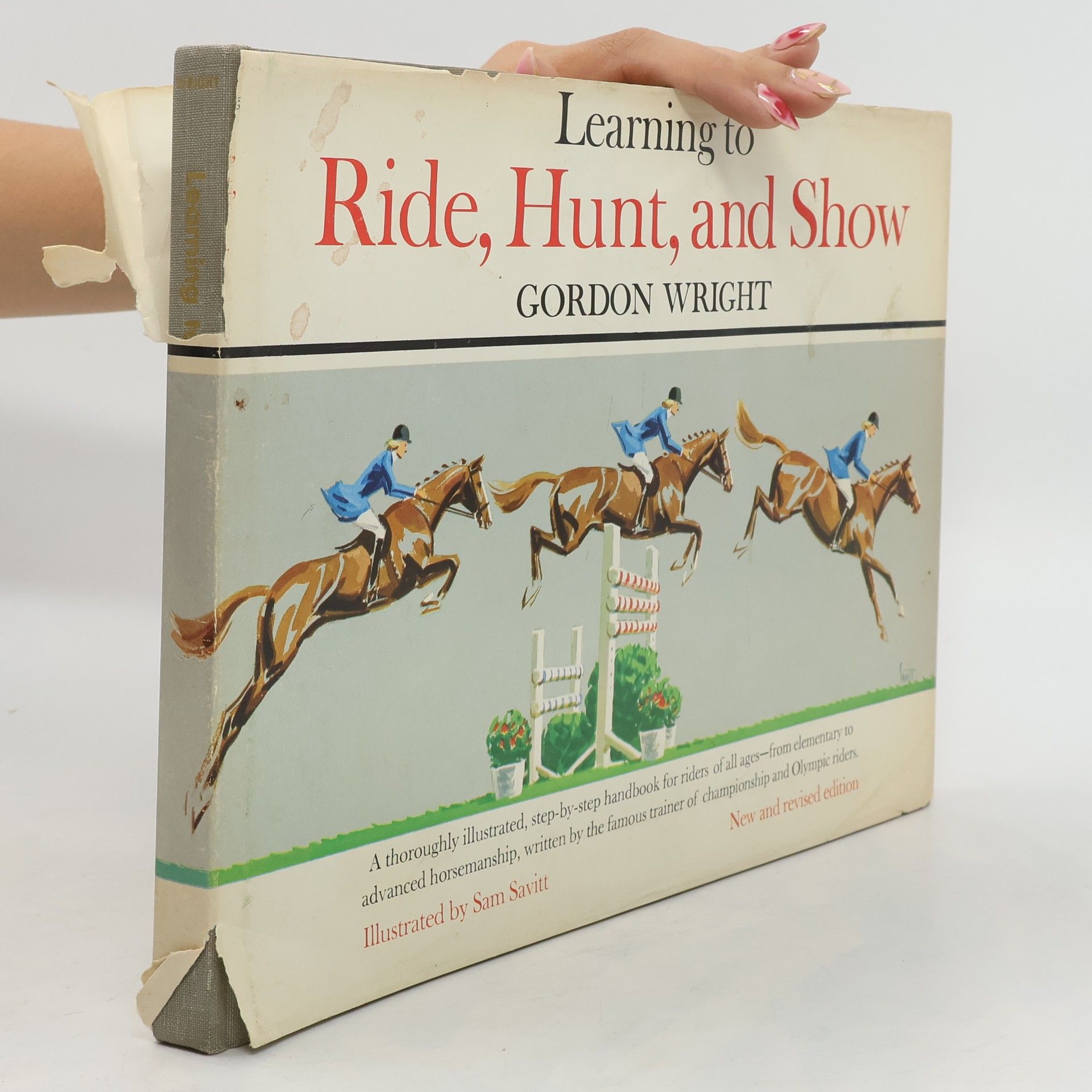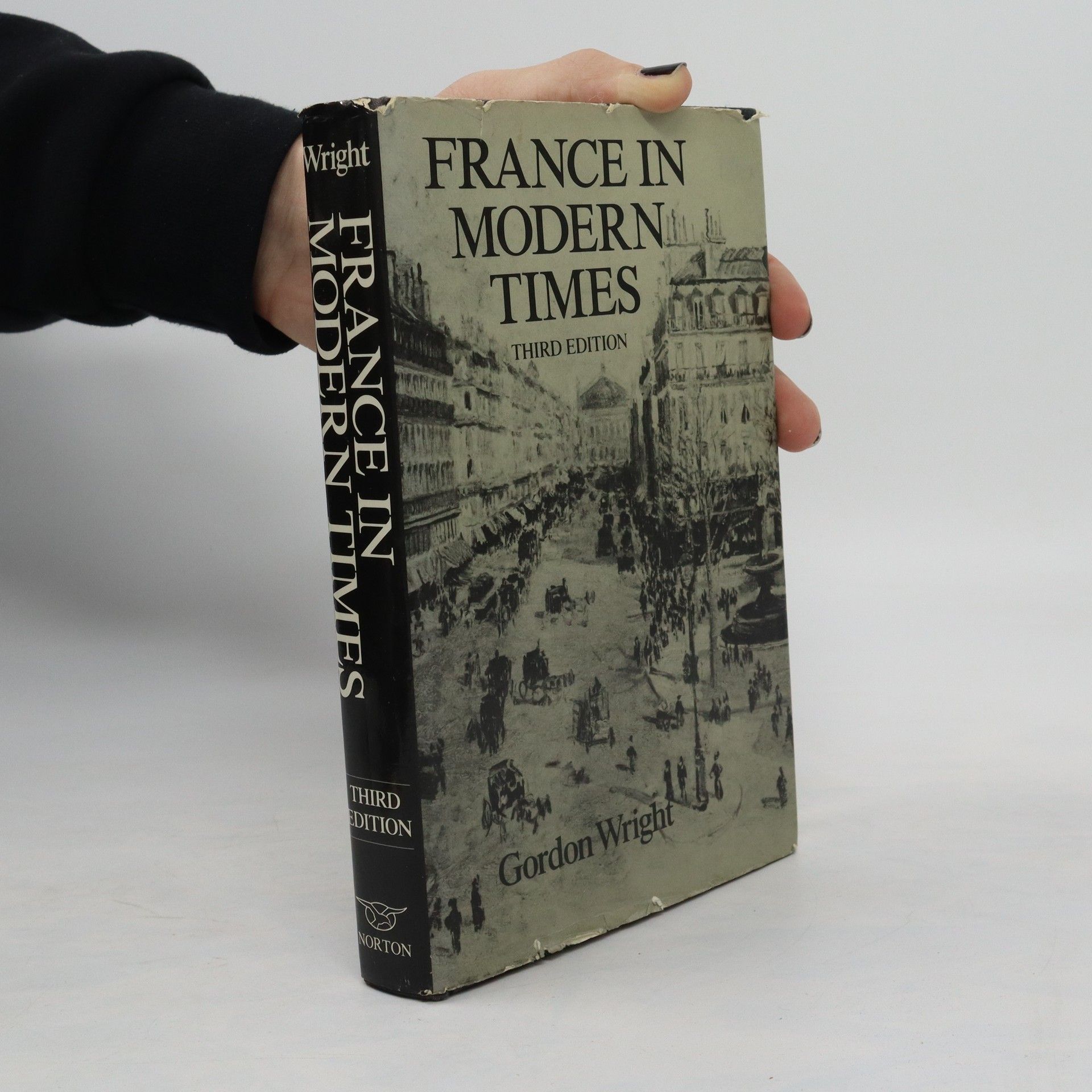Gordon Wright Livres
Gordon Wright est vénéré par des générations de cavaliers de tous niveaux comme le «père fondateur» de l'équitation de type hunter-seat. Son approche de l'entraînement des chevaux et des cavaliers a façonné l'enseignement et est devenue une pierre angulaire pour de nombreux acteurs du monde équestre. Ses méthodes et sa philosophie continuent d'inspirer et d'influencer l'équitation à ce jour.






Orkney from Old Photographs
- 144pages
- 6 heures de lecture
Much has been written about Orkney in the olden times, but nothing can quite illustrate the scene as well as a good variety of old photographs. These pioneers of photography recorded the mechanisation of farming and the herring fishing boom of the turn of the century, as well as the faces of the people going about their business.
Learning to Ride, Hunt, and Show
A Step-by-Step Handbook for Riders of All Ages
- 453pages
- 16 heures de lecture
Social media campaign. First time in paperback. With a new foreword by George Morris, former coach of the United States Olympic equestrian team. Approximately four million Americans are involved in the sport of equestrian, and approximately three million horses are used in the Us solely for equestrian.
The Reshaping of French Democracy
- 306pages
- 11 heures de lecture
The book provides a detailed narrative and analysis of the creation of the new French Constitution, set against its historical backdrop. It explores the political dynamics, key figures involved, and the implications of this constitutional transformation, offering insights into the historical context that shaped modern France.
The Badventures of Creepy Cat
- 32pages
- 2 heures de lecture
Creepy Cat stands out with his unsettling demeanor and unfriendly nature, defying the typical charm of a pet. His unique personality adds an intriguing twist, making him an unconventional character that captures attention. This book explores the quirks of Creepy Cat, inviting readers to embrace the unusual and find humor in his creepiness.
The Rail Blue color scheme dominated Britain's railways for almost twenty years and was considered somewhat drab and lifeless, especially when compared with the colorful variety of livery styles that had appeared on many of the new diesel and electric locomotive types since their introduction in the 1950s and 1960s. However, it is now clear that what the fleet may have lacked in color, it certainly made up for in variety, as during those “blue years” and compared to today, a host of different classes were to be witnessed plying their trade all over the country on a wide range of freight, passenger, and parcels workings. This latest volume in the BR Blue series, compiled by Gordon Wright, concentrates on the diesel classes within the Type 4 power range. All of the above helps to create a fitting celebration of a time that, in retrospect, is seen to be one of the most interesting and enjoyable on Britain's railways.
Austin Seven Briefing
- 46pages
- 2 heures de lecture


